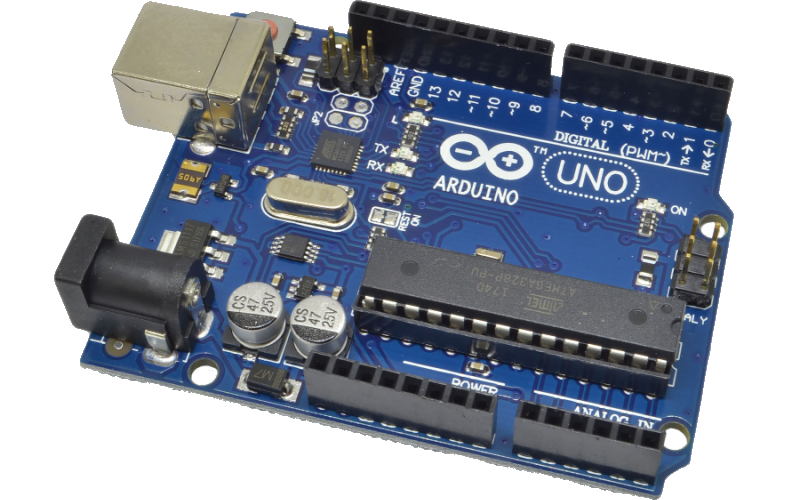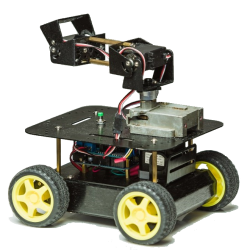Programming Arduino controllers and creating projects based on them
For those who have decided to start programming controllers and have chosen Arduino as their starting point, this will provide you with the necessary information. You will learn about the initial steps a novice programmer takes, programming features, errors, and problems that you may encounter along the way.
Creating your own DC motor control library

Article-series: Arduino, using DC motors #4
We have developed a class that can manage a DC motor, but if we intend to use it in multiple projects, we will have to duplicate the same code for each project. To avoid this, it would be wise to extract all the repetitive code and place it in a separate library. This library will then be connected to the project in the same way as the standard Arduino libraries.
Soft starting a DC motor using timers

Article-series: Arduino, using DC motors #2
When it comes to controlling DC motors, there are times when you may need to make sudden changes in speed, such as going from 0% power to full power or changing direction. However, this type of operation requires very high currents, much more than simple movement. To address this issue, it's possible to implement a smooth start for the motor by utilizing both the standard delay function delay() and timers.
Creating your own servo control library

Article-series: Arduino - using_servos #6
We have developed a class for managing a servo. However, if we wish to use it in multiple projects, we will have to duplicate the same code for each project. Therefore, it would be practical to extract all the repetitive code into a distinct library, which we can link in the same manner as the standard Arduino libraries.
Connect a DC motor. Microcircuit L298P

Article-series: Programming Arduino from scratch #7
Article-series: Arduino, using DC motors #1
Consider the option of connecting a conventional DC motor to the controller, which can be used, for example, to move the robot or perform useful work. To do this, we will use a motor controller based on the common L298P microcircuit.

 Books
Books Technology
Technology Electronics
Electronics Programming
Programming Weaponry
Weaponry Arduino
Arduino All tags
All tags Projects
Projects